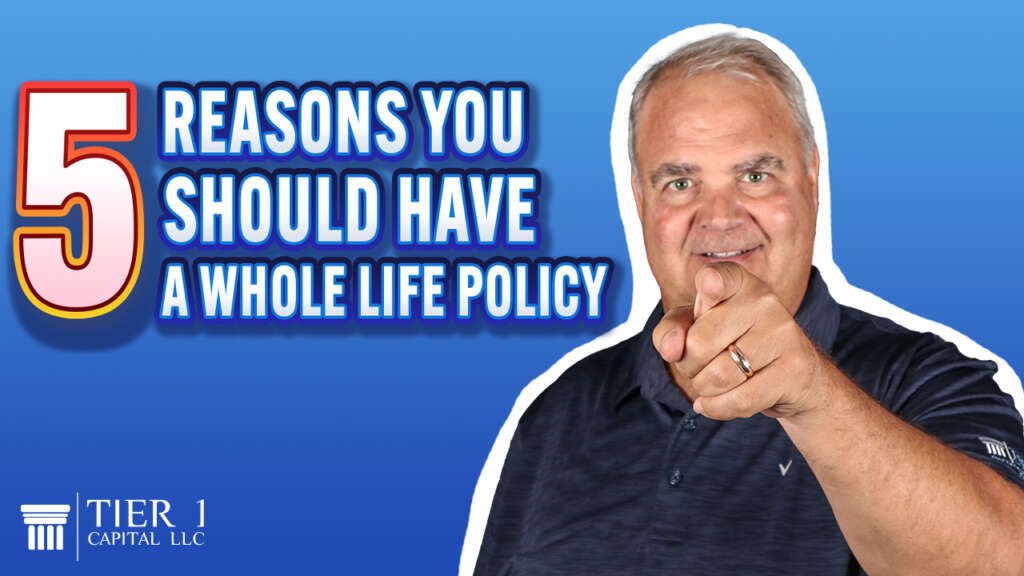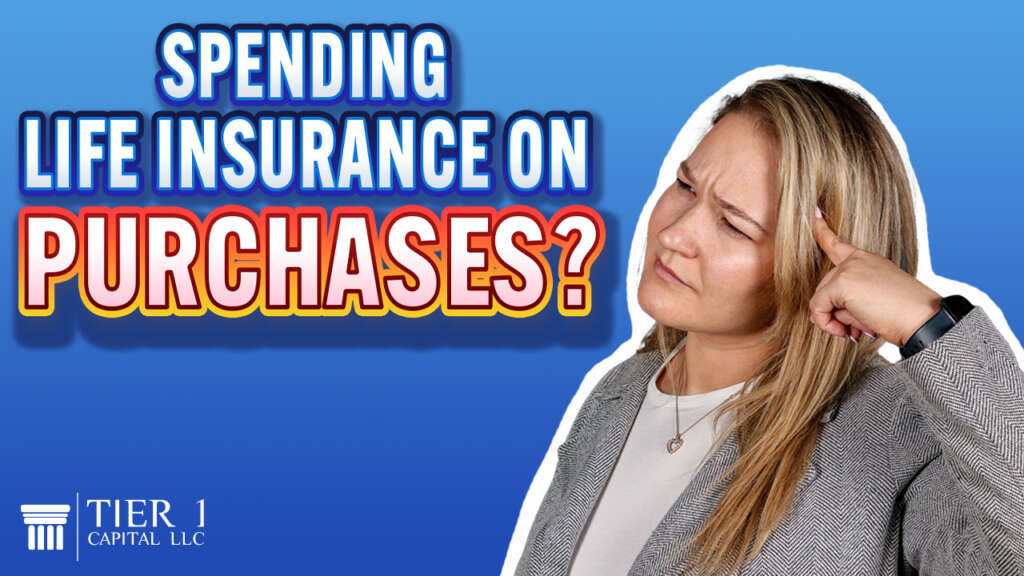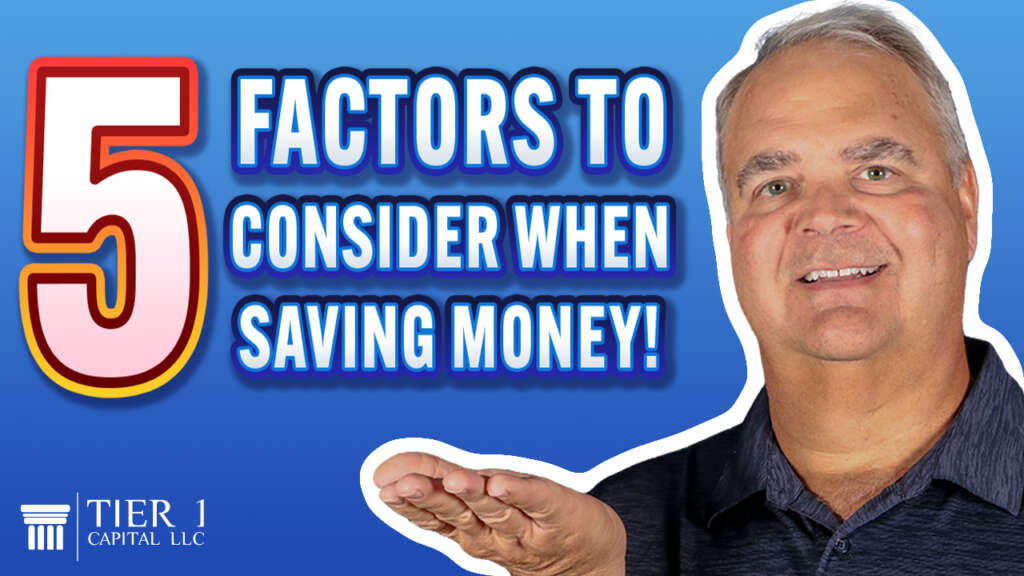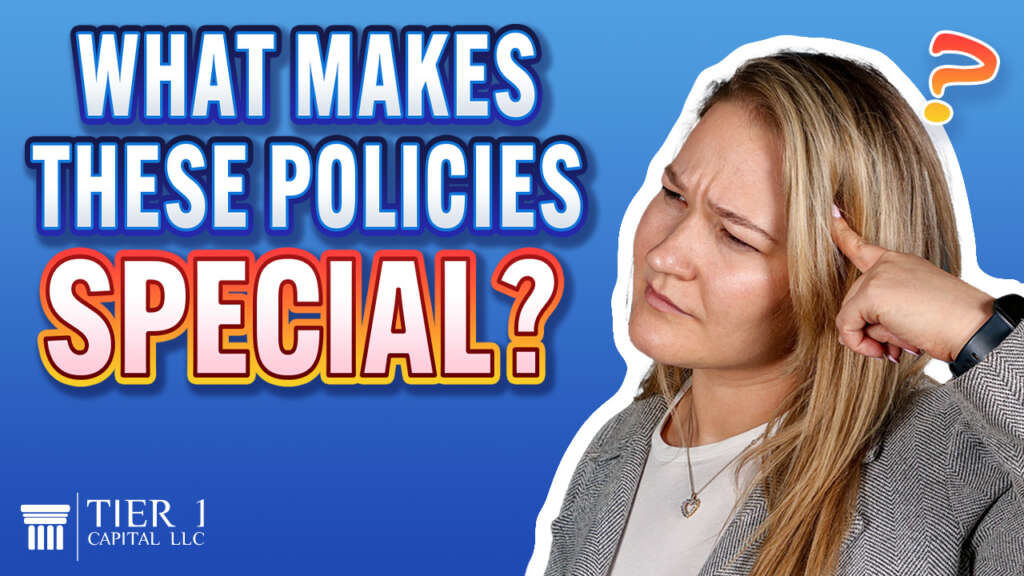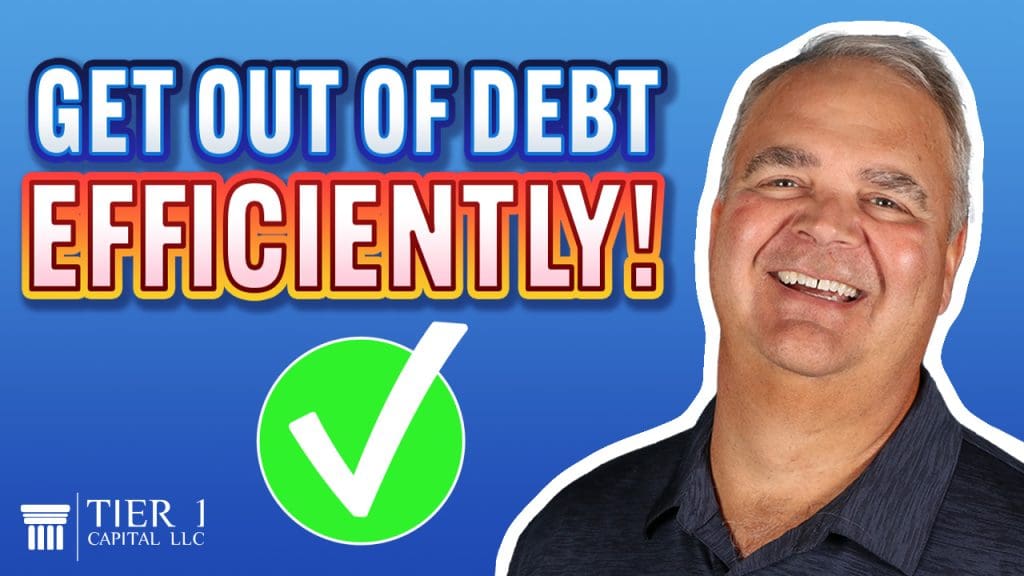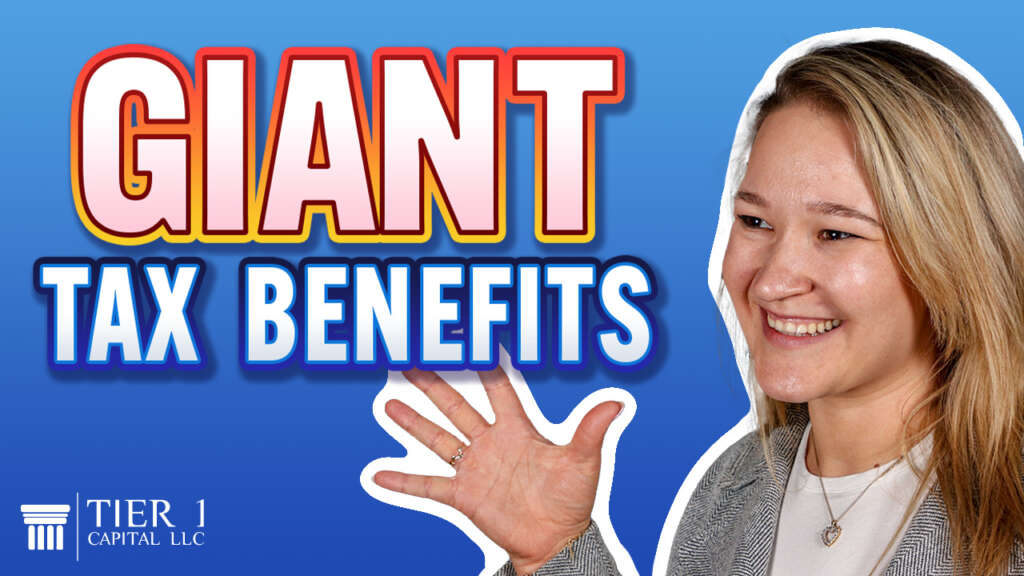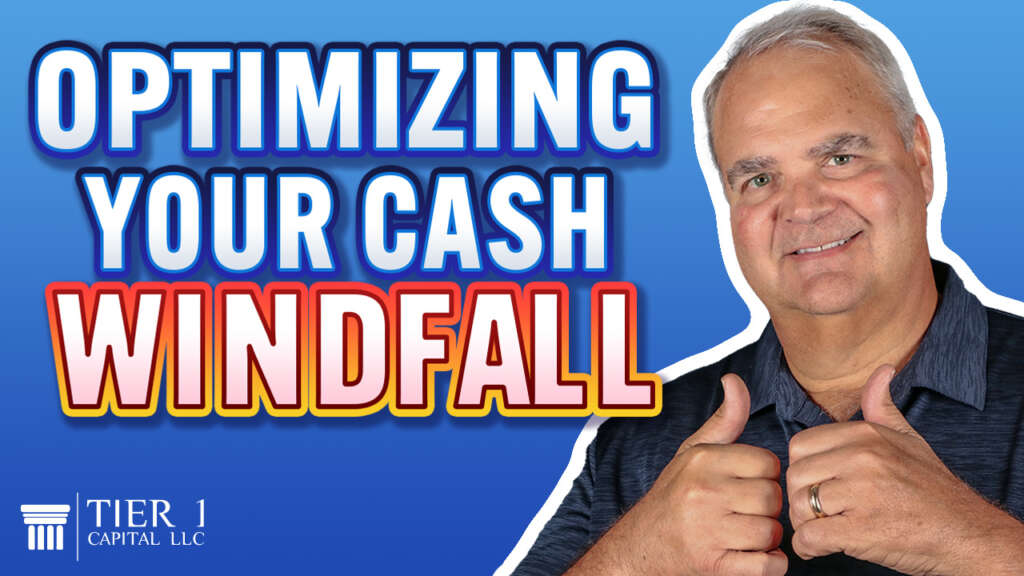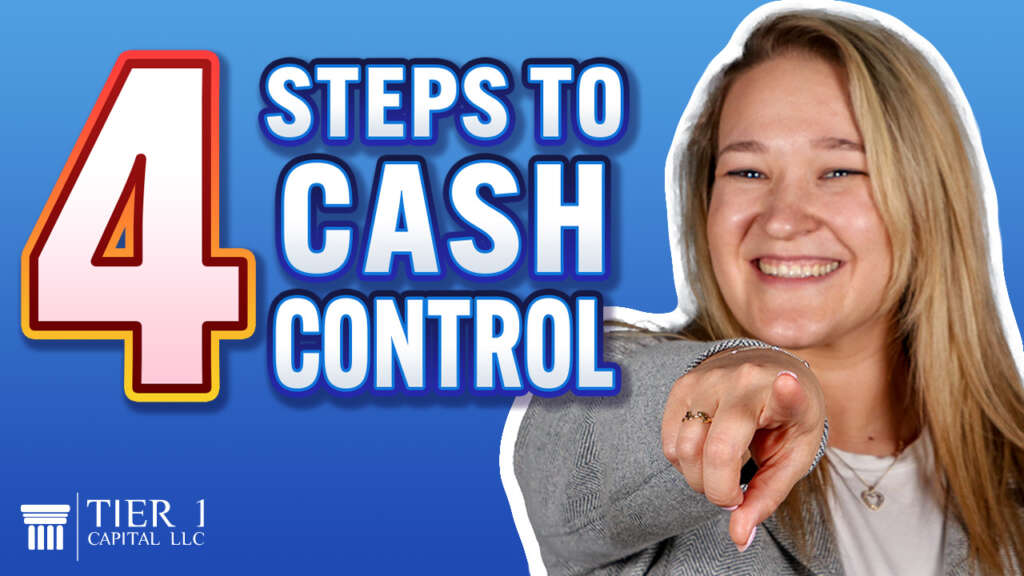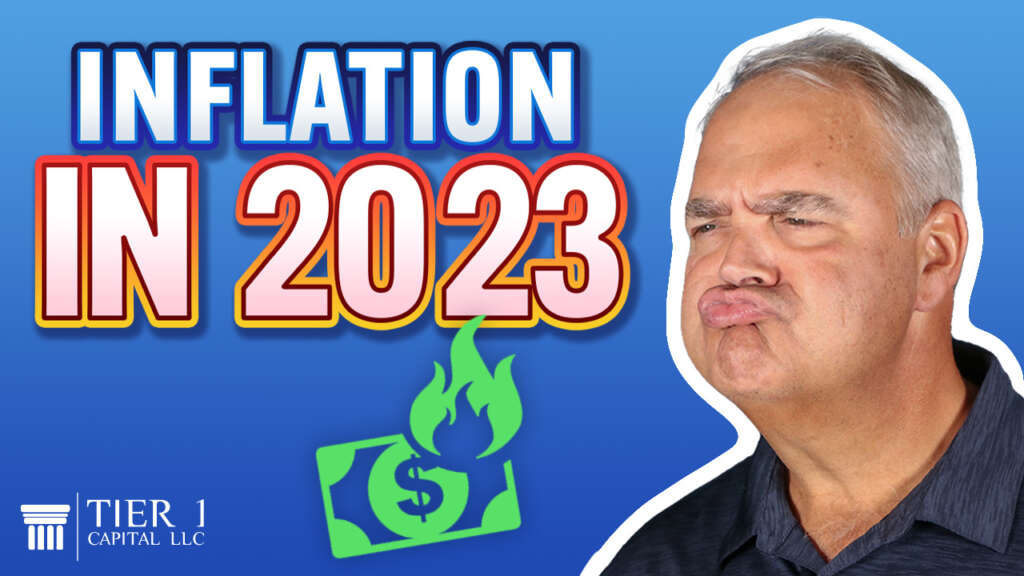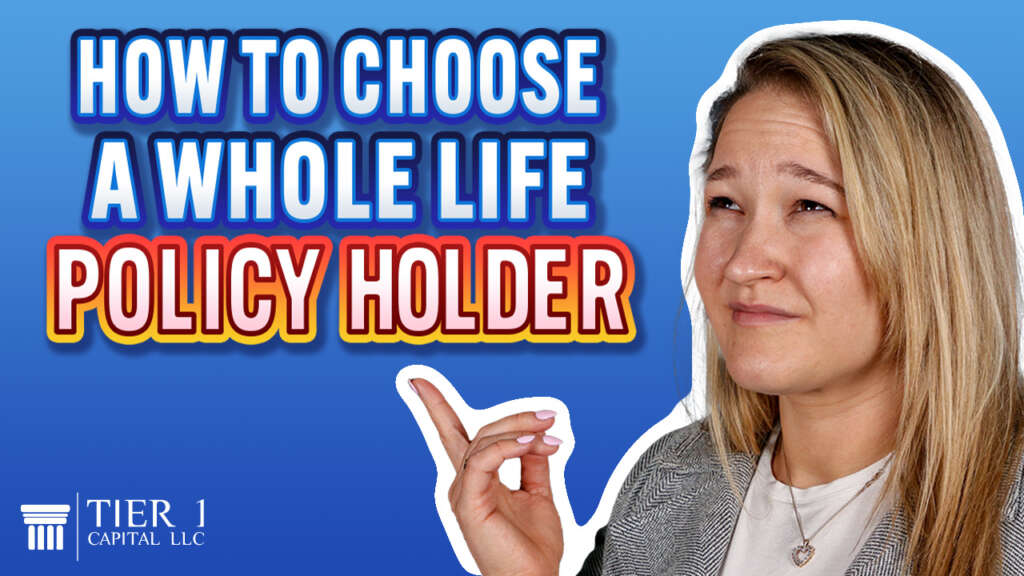
Not all life insurance companies are created equally. Some are better than others, and some are better for specific uses, like implementing the infinite banking concept than others. Let’s go over exactly what you need to be looking for in a life insurance company as you get ready to implement the infinite banking concept.
My father once told me there are no deals in insurance and this holds especially true for life insurance. So you want to implement the infinite banking concept. There are over 750 life insurance companies licensed to do business in the United States. Which is the best company for you?
So here are the questions you should be asking when you’re getting ready to implement the infinite banking concept. First and foremost, maybe the most obvious question is the company you’re dealing with a mutual company or a stock company?
Both stock and mutual companies have owners of the company. The difference is that the policyholder in a mutual company is the owner of the company as it relates to his or her policy, which means the profits that the insurance company makes on your policy are funneled back to you in the form of dividends when those dividends are declared.
Conversely, with a stock company, the policyholder is not necessarily the owner of the company. The owner of the company will receive the profits. If you’re a policyholder with a stock company and you are not a stockholder, you will not get the profits that the company makes on your policy.
Now, recently we had a client call in and say, “Hey, Olivia, am I able to have the dividends offset the premiums on my policy? I’ve had this policy for a long time. I should be earning dividends. My wife has the policy with the mutually owned company, and she’s able to reduce the premiums due on her policy using these dividends.”
And unfortunately, I had to tell him, “Hey, this company doesn’t declare dividends for their policyholders, so there’s no way to reduce the premiums due without cutting back on that death benefit.”
The second question you should be asking is, does the company have a track record of paying dividends? And more specifically, the company should have a minimum track record of over 125 consecutive years of paying dividends. That means the company paid dividends through World Wars, through depressions, through financial crisis.
And that’s the key. You want a company that has a long history of paying those dividends. Now, dividends are important to the policy because they do two things. They allow you to accumulate cash value within the policy on a tax favored basis. And also they buy up a little extra chunk of death benefit and increase that death benefit over time so you’re able to keep up with inflation.
The third question you should be asking is, is the company licensed and preferably domiciled, meaning that their home office is located in the state of New York? Now, why should that matter?
Well, simply put, the state of New York has the highest level of regulatory protection in the industry. And because of that, if a life insurance company wants to do business in New York, they have to follow New York law in the other 49 states. New York law limits the amount of commissions that could be paid. And again, if you want to be licensed in New York, you will have to follow New York law in the other 49 states.
Here’s a little secret. If your insurance agent is selling you a policy and a company that’s not licensed to do business in New York, they’re able to get paid 100% of the first year’s premium, and maybe even more. Versus if you’re working with a company that is licensed to do business in New York. New York regulates the amount of commission that could be paid to the agent.
The fourth question you need to ask is, does the company recognize policy loans and therefore reduce my dividend? Because I’m taking a loan or is the company non direct recognition? And what does that mean?
Well, basically, if your company is direct recognition that means that they will give you a lower dividend if you borrow. And let’s face it, if the point of buying the insurance policy is to implement the infinite banking concept, that means you want to borrow. Why would you want to be penalized for borrowing or for doing the thing you want to do? It doesn’t make sense.
That’s why we recommend companies that are non-direct recognition. That means they will not reduce your dividend if and when you borrow against the cash value.
The last question you need to ask is does the company you’re about to work with support the infinite banking concept? You see, there are a lot of good insurance companies out there for other purposes. They support whole life insurance policies, universal life insurance policies, term life insurance policies, and they have great ratings.
However, there are other companies that really embrace the use of these policies and love that their policyholders are taking policy loans and also repaying them and fully embracing the infinite banking concept in their lives.
Are you ready to implement the infinite banking concept and you’re ready to choose a life insurance company? Check out our latest video where we go over the questions you should be asking the agent when choosing a life insurance company for the infinite banking concept.
The point is, there’s absolutely no sense in trying to put a round peg in a square hole if the company doesn’t support infinite banking, don’t do business with that company. It’s that simple. After asking all of these questions, you should be fully ready to move forward with the infinite banking concept and take back the finance function in your life.
If you’d like to learn more about exactly how to put this process to work for you, schedule your free strategy session today. Or if you’d like to see exactly how we put this process to work for our clients, check out our free web course right on the homepage, The Four Steps to Financial Freedom.
And remember, it’s not how much money you make. It’s how much money you keep that really matters.



